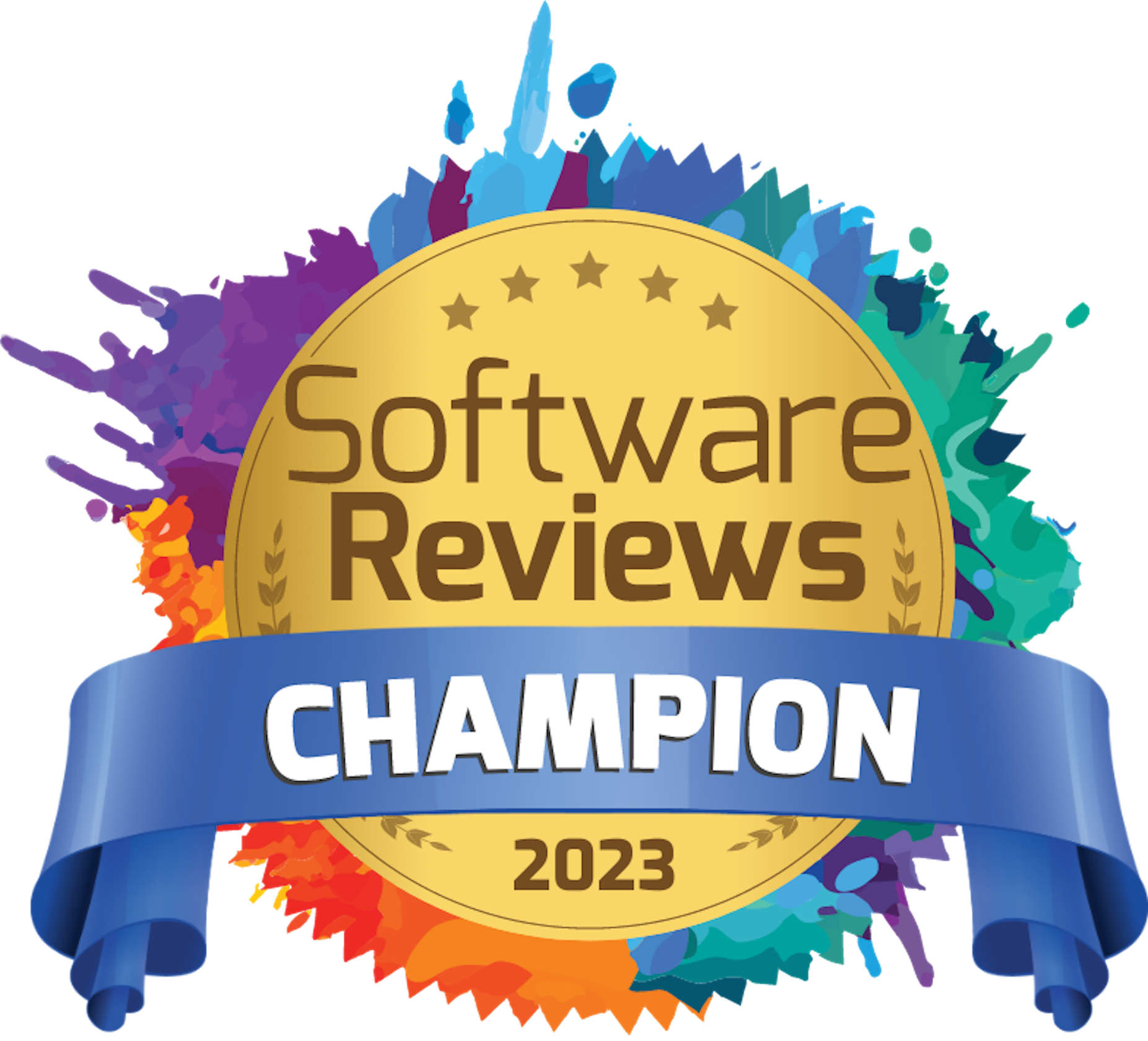The Power of People: Building a World-Class Team in Coworking
Coworking spaces thrive on the “co” – the collaborations, connections, and community – that can be formed within a flexible workspace. In fact, community activation is what transforms shared workspaces from mere buildings into vibrant, thriving hubs that empower people in their professional lives and create meaningful community experiences. From a business standpoint, the power of people can be the driving force behind growth. This article explores why building a world-class team matters.
Nurturing an inspiring leadership team
At the heart of every coworking community is a pivotal role: the community manager. Community managers are responsible for organising social events strengthening community bonds, facilitating online communication between members, and generally taking care of members’ needs.
Their friendliness and natural ability to connect with people drive the sense of belonging that keeps members engaged in your space, however, the job’s multi-faceted nature can sometimes lead to expectations beyond the 9 to 5. Without the support of their management team, over time the demands of community management can lead to severe burnout and resignation.
Aptly entitled: “People are Your Competitive Edge” – a recent panel discussion at GCUC UK London explored the problems and solutions faced by community managers and coworking businesses. Identifying burnout as a common reason community managers leave the industry altogether, the panel called for coworking operators to provide greater career development opportunities, invest in the team (sending community managers to exciting coworking events such as GCUC), and offer better support and flexibility, making sure community managers feel respected and valued as part of your team.
Displaying personality through workspace design and brand
The community manager is a strong part of your coworking space culture. They help to define, establish, and share your brand values, attracting a community of like-minded coworkers to your space. Identifying which type of community your coworking space serves, and how you wish to empower them, can be your starting point before bringing in a world-class team to spread those values further.
In a recent podcast episode, workspace interior designer and founder of IAMDC, Dean Connell, explains this further. He suggests that: ‘The people you hire play a massive role in disseminating the industry to your target audience.’ When Dean worked at WeWork, the company encouraged their community hub managers in New York to bring their personality to the spaces. Those workspaces then became a unique combination of the WeWork brand values and team members’ personalities, and those community managers would later move up the career ladder, becoming regional managers with a host of workspaces under their wings.
Dean describes it: ‘When everyone gets why they’re at that business from the start…it’s like a playground for them to showcase their personality. The brand has a foundational set up…the staff and employees bring their flavour to it.’
WeWork applied a “glocal” approach to its worldwide expansion, incorporating a local point of view into its workspace design philosophy to suit a more mainstream audience. For instance, they worked with local people in Japan to implement design features indicative of its culture, such as desks representative of the sunken kotatsu (low tables).
Reflecting your coworking brand and culture in the look and feel of your workspace design is not only an exercise in creating an environment to support your target audience, but it’s also about bringing talented partners along, such as interior designers and architects, into the creation stages. This can be especially relevant as “hotelification of the office” has become a buzzword for this year – used to describe how coworking spaces evoke hotel lobbies in their design rather than looking like traditional offices, revolutionising the coworking evolution even further.
Promoting IDEA
Inclusivity, diversity, equity, and accessibility (IDEA) define the coworking movement, to the extent of how you hire and build a world-class team in your business. An inclusive hiring process is not only a legal requirement nowadays, it’s also about providing opportunities and social value.
For instance, some workspaces hire locally to provide greater employment opportunities in the area, contributing to the local economy. Equally, while speaking on the GCUC panel, Sarah Hayford, founder and CEO at The Land Collective, argued that the multi-faceted nature of community management helps people build diverse skills. These roles provide more equitable access to opportunities for marginalised individuals and the younger generations, says Sarah.
When taking on a coworking team, consider whether your employees share your inclusive values and you’re aligned on working together to operate an accessible and welcoming coworking environment. This empowers your community, rather than alienates or excludes anyone from participating. While a thorough interview process ensures you’re hiring like-minded team members, intensify your impact even further by providing regular training that improves everyone’s understanding and education of IDEA in coworking.
With that in mind, coworking spaces exist to serve a diverse and dynamic community of people. While members may not be part of the internal team, they are the lifeblood of any coworking space and the key to its success. Taking care of your community goes beyond providing desks and Wi-Fi—it’s about creating an environment where members feel supported, inspired, and connected to others.
For example, to relieve the community manager of the expectation to commute every day, the core coworking community could take on some of their responsibilities and be empowered in doing so, on a reduced membership. Members are rewarded for their contributions, strengthening their attachment to your community.
The power of people
Without people, coworking spaces are just empty rooms. The energy, connections, and sense of belonging bring them to life. Building a world-class team means investing in people—offering career development, being inclusive, and empowering employees and members. When everyone contributes to your community’s success, the coworking space thrives too.
Related stories
Why a CRM is Essential for Coworking Spaces (And How to Choose the Best One)
A customer relationship management platform (CRM for short) is what organisations use to manage relationships and interactions with both existing and potential customers. Its primary function is to streamline operations and communications to ensure a smooth customer - and employee - experience, while improving profitability.
Global Coworking Trends and Opportunities for 2025
Now well into 2025, the coworking industry continues to demonstrate strong momentum. With demand for coworking spaces remaining steady around the globe, it's clear that coworking is not just enduring—it's thriving. Let’s explore the major trends and opportunities shaping the global coworking landscape this year.
Creating Events that Drive Community Engagement in Coworking Spaces
Community is everything in coworking, but a genuine sense of connection between members doesn’t magically happen overnight or by chance. Often, meaningful relationships take intentionality, effort, and time to build, with events being an effective vehicle for bringing people together around shared interests, goals, and experiences, creating opportunities for collaboration, and a thriving coworking culture. This article looks at creating events that drive community engagement in coworking spaces.
How the Right Coworking Software Can Transform Your Coworking Space
We all know that technology solutions are imperative to the day-to-day running of your coworking space, but the right coworking software can take it to the next level. It has the power to transform your coworking space into a highly profitable business, all while building a vibrant and engaged community. Let’s explore how the right tools can transform your coworking space.
Liz Elam: ‘Community is the number one amenity in coworking spaces’
A household name in the global coworking industry, Liz Elam, is the founder of one of the world’s best coworking event series: GCUC. Liz’s coworking roots began in 2010, when she established Link Coworking – a welcoming, affordable, and professional coworking space – in her hometown of Austin, Texas. Link Coworking achieved incredible success, expanding across three locations and becoming the fourth-largest coworking brand in Austin. It was sold in 2019, making Liz the first woman globally to exit a coworking brand.
How to Make Your Coworking Space More Sustainable in 2025
Sustainability is becoming more and more important for coworking spaces. If you're thinking of making your space more sustainable, it's good to remember that there are lots of ways to go about it. From small details to bigger changes, everything adds up when it comes to reducing your environmental impact.
Key Takeaways from the Coworking Alliance Summit 2025
Gathering online for the Coworking Alliance Summit last week, members of global coworking alliances, coworking spaces, and community leaders came together to navigate global issues, strengthen ties across the coworking industry, and work collectively towards future goals.
5 Ways to Reduce Noise in Open Offices & Coworking Spaces
Some people like working against a background of noise, while for others it’s their worst work nightmare. The truth is, our relationship with noise depends on our own preferences and the nature of our work.
ViDA Compliance Guide: 8 Essential Steps for Coworking Spaces in the EU
Now that 2025 has arrived, the European Union's VAT in the Digital Age (ViDA) initiative is becoming a key topic for coworking spaces operating in the EU. But don’t panic—ViDA will be introduced gradually, with key changes taking effect from 2028. This major VAT reform aims to modernize tax reporting, combat fraud, and streamline compliance through mandatory e-invoicing and real-time digital VAT reporting for certain transactions.
Key takeaways from the Workspace Design Show 2025
London’s Workspace Design Show is undoubtedly one of the best coworking events of 2025. For one, the exhibition (held at Islington’s Business Design Centre) features a host of innovative and creative workspace design solutions tailored to the needs of modern workplaces.

